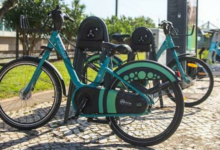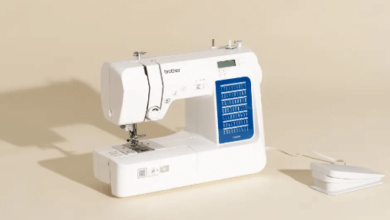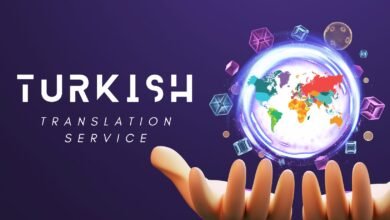The Power of Joint Liability: How Group Loans Help Women Build Businesses
In towns where the hum of sewing machines mingles with the chatter of neighbours, and in villages where a single kiosk lights up an entire lane, countless women are running small enterprises that keep their families afloat. These aren’t high-profile brands or large-scale operations. They’re home-based tailoring units, small grocery shops, food stalls, dairy ventures, or handicraft businesses, each one woven into the local fabric of life.
Yet, for decades, these women operated on the margins of the financial system. Without property to pledge as collateral, without documented income, and often without a formal credit history, traditional banks could not or would not lend to them. It wasn’t that they lacked ideas or discipline; it was that the financial doors were locked to those who didn’t meet the system’s entry conditions.
That began to change with the rise of microfinance, and one model in particular, with the Joint Liability Group (JLG). By shifting the focus from collateral to community trust, the JLG model allowed women to take their first step into formal banking, turning ambition into action. For many, that first group loan was not just capital; it was confidence.
Understanding the Joint Liability Group (JLG) Model
At its core, the JLG model is straightforward. Small groups of usually 5–10 women from the same locality come together to apply for loans. Each receives her own loan amount, but the group collectively guarantees repayment. If one member struggles to pay, the others step in to make up the difference.
This shared responsibility is not just a safeguard for the bank; it’s a motivator for the borrowers. Because members meet regularly and live in proximity, there is a natural layer of peer monitoring and mutual encouragement. Defaults are rare, not because of legal pressure, but because no one wants to let down their peers.
For women who have never had a bank account or borrowed money before, this is an accessible entry point into the world of formal finance. The process is simple, the requirements are minimal, and the support is built into the structure.
Why Women are at the Heart of Group Lending
Women are the backbone of the JLG approach for several reasons:
- Higher repayment discipline: Decades of microfinance data show that women borrowers have consistently higher repayment rates.
- Strong community ties: Women’s social networks make group formation and cohesion stronger.
- Business focus: From petty trading and food preparation to tailoring and livestock rearing, women channel these funds directly into income-generating activities.
- Peer support: Group meetings become more than repayment check-ins and they are informal business clinics, idea exchanges, and confidence-building sessions.
When women access credit collectively, they don’t just fund individual businesses they strengthen each other’s chances of success.
How Group Loans Fuel Women’s Business Growth
For many, a group loan is the first formal capital they have ever accessed. This modest but vital injection of funds might buy the first batch of sari fabrics for a tailoring venture, stock shelves in a grocery shop, or purchase feed for dairy cattle.
The repayment cycle is typically small instalments at regular intervals and mirrors the cash flow patterns of small, informal businesses. This structure allows borrowers to manage both household and business expenses without being overwhelmed.
Over time, successful repayment builds a credit history, enabling these women to access larger loans. Many start with a Rs. 20,000 group loan and, after a few cycles, move to individual loans worth several times that amount, expanding from a single sewing machine to a small boutique, or from selling milk locally to supplying multiple nearby towns.
The Ujjivan SFB Approach to Group Lending
Ujjivan Small Finance Bank’s Group Loan is designed precisely for this journey. Loan amounts range from Rs. 5,000 to Rs. 1 lakh, requiring no collateral and minimal paperwork. These loans are aimed at women entrepreneurs, petty traders, and rural households, especially in communities where access to traditional credit is limited.
The bank’s relationship managers work within the borrowers’ communities, making the process accessible and comfortable. Repayments can be made locally, without the need to travel long distances, and customers are guided on how to transition to Micro Individual Loans when their businesses outgrow the group structure.
By embedding its products in the rhythms of community life, Ujjivan SFB ensures that group lending is not just a transaction but part of an ongoing relationship.
Final Thoughts
For women who have the skill, drive, and ideas but lack collateral, the Joint Liability Group model is more than a financial product. It’s a bridge to independence. And when paired with the right partner, like Ujjivan Small Finance Bank, that bridge leads not only to thriving businesses but to stronger families and more resilient communities.







